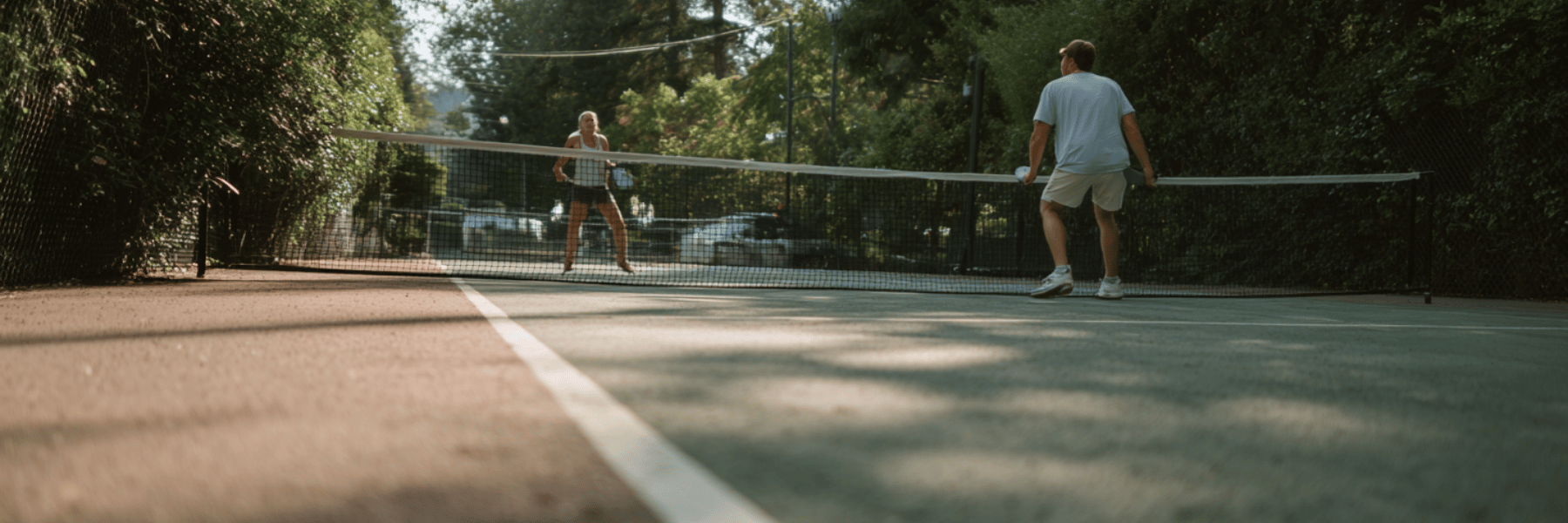Is Pickleball Good Exercise? Your Complete Guide to Pickleball's Health Benefits
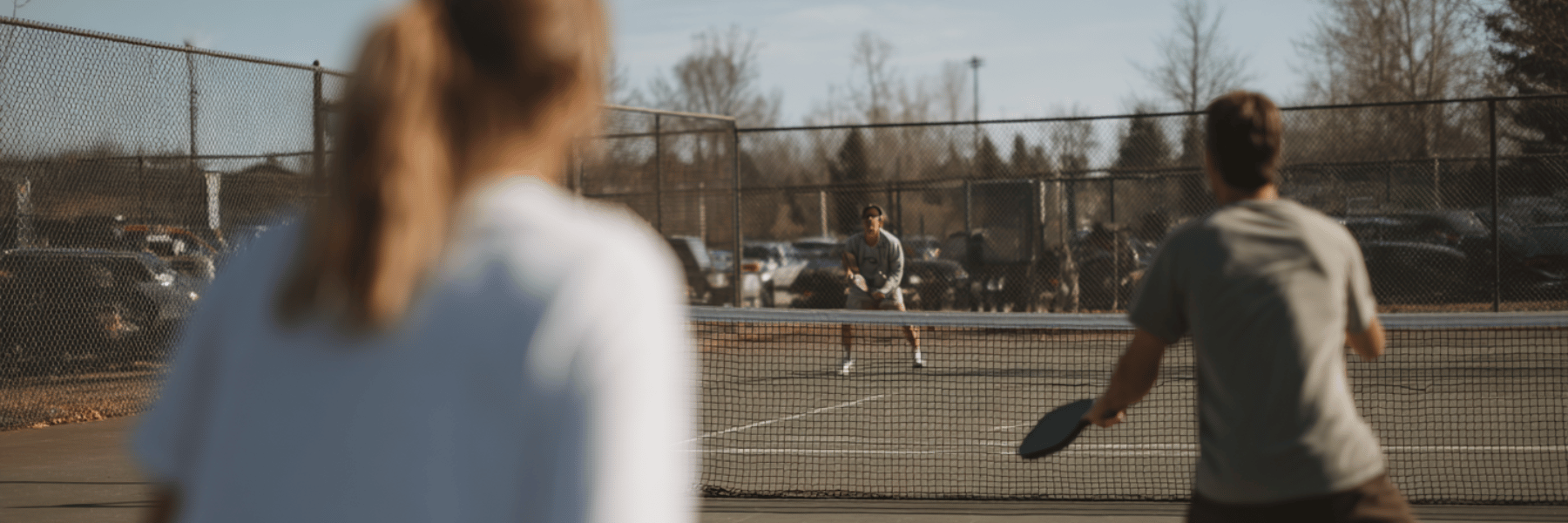
If you've been wondering is pickleball good exercise, you're not alone. This fastest growing sport has taken the fitness world by storm, transforming tennis courts and creating dedicated pickleball courts across the nation. But beyond the sport's popularity lies a serious question: does playing pickleball actually provide significant health benefits?
The answer is a resounding yes. Playing pickleball offers a comprehensive workout that engages your entire body while being gentle on your joints. Whether you're a seasoned athlete or just started playing pickleball, this paddle sport delivers impressive physical and mental health benefits that rival traditional exercise routines.
Understanding Why Pickleball is Good Exercise
When examining whether pickleball good exercise claims are valid, research shows that this sport combines elements of tennis, ping pong, and badminton to create a unique physical activity. The game's origins trace back to the pickle boat in rowing, where mixed crews came together – much like how pickleball brings together people of all ages and fitness levels.
Playing pickleball engages multiple muscle groups simultaneously. Your legs power quick lateral movements across the court, your core stabilizes during swings, and your arms control the paddle with precision. This full-body engagement makes it a great workout that doesn't feel like traditional exercise.
Cardiovascular Health Benefits of Playing Pickleball
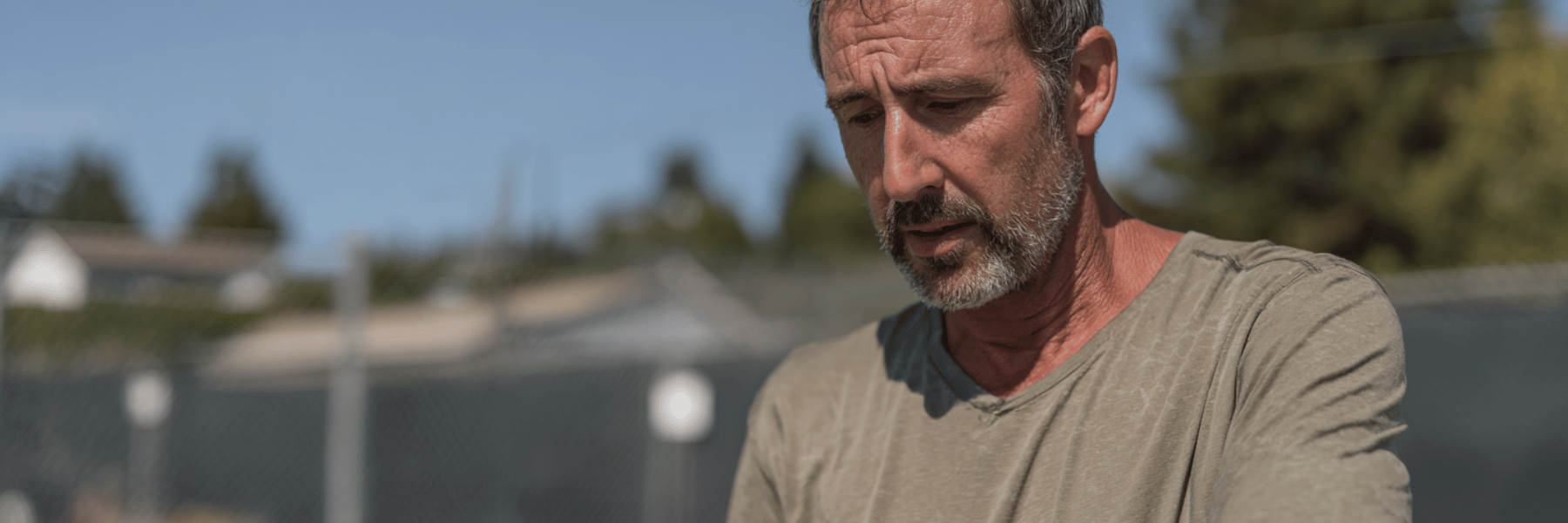
One of the most significant health benefits of pickleball is its impact on cardiovascular health. Research indicates that pickleball players spend over 70% of their game time with an elevated heart rate, reaching moderate to vigorous intensity levels. This sustained cardiovascular activity helps:
Lower blood pressure naturally through regular physical activity
Improve heart health and reduce cardiovascular disease risk
Increase breathing rate and lung capacity
Enhance overall cardiovascular endurance
For optimal heart health benefits, aim to play pickleball on a regular basis – at least three times per week. This consistent physical activity can significantly improve your cardiovascular health markers over time. Don't forget to wear proper athletic socks to maintain comfort during these extended play sessions.
Is Pickleball a Good Workout for Weight Loss?
Many people ask, "Can I achieve weight loss through pickleball?" The answer depends on your intensity and frequency of play. During an average game, players can burn between 400-600 calories per hour, making it an effective component of any weight loss strategy. The sport's stop-and-start nature creates an interval training effect, which researchers have shown to be particularly effective for fat burning.
To maximize weight loss benefits:
Play at a higher intensity to increase calorie burn
Combine pickleball with strength training for optimal results
Maintain a consistent playing schedule
Track your progress and adjust your fitness goals accordingly
Mental Health and Cognitive Benefits
Beyond physical benefits, playing pickleball significantly impacts your mental health and overall well-being. The sport requires quick decision-making and strategic thinking, which helps you process information more effectively. These cognitive demands, combined with physical exercise, create powerful benefits for your overall mental health.
Regular pickleball players report:
Reduced stress and anxiety levels
Improved mood through endorphin release
Better sleep quality
Enhanced cognitive function and memory
Increased self-confidence and well-being
The social aspect of pickleball amplifies these mental health benefits. Unlike solitary workouts, pickleball creates opportunities to build friendships and combat loneliness, particularly important for older adults seeking community connections.
Low Impact Sport Benefits for All Ages
What makes pickleball particularly appealing as good exercise is its classification as a low impact sport. Unlike high-impact activities like running or basketball, pickleball is easier on your joints while still providing an effective workout. This makes it ideal for:
Older adults seeking safe physical activity options
People recovering from injuries
Those with arthritis or joint concerns
Individuals at various fitness levels
The underhand serve and shorter court dimensions reduce strain on shoulders and knees compared to tennis. However, proper form remains essential to prevent injuries. Consider wearing cushioned athletic socks to provide additional joint protection during play.
Building Balance and Coordination Through Pickleball
Playing pickleball is a great way to improve your balance and coordination. The sport demands quick directional changes, precise paddle control, and excellent hand eye coordination. These requirements translate into real-world benefits, helping prevent injuries from falls and improving overall physical function.
Regular pickleball practice enhances:
Hand eye coordination through ball tracking
Dynamic balance during movement
Reaction time and reflexes
Spatial awareness on the court
Fine motor control
Comparing Pickleball to Other Forms of Exercise
When evaluating whether pickleball is good exercise compared to other activities, consider these comparisons:
Pickleball vs. Walking
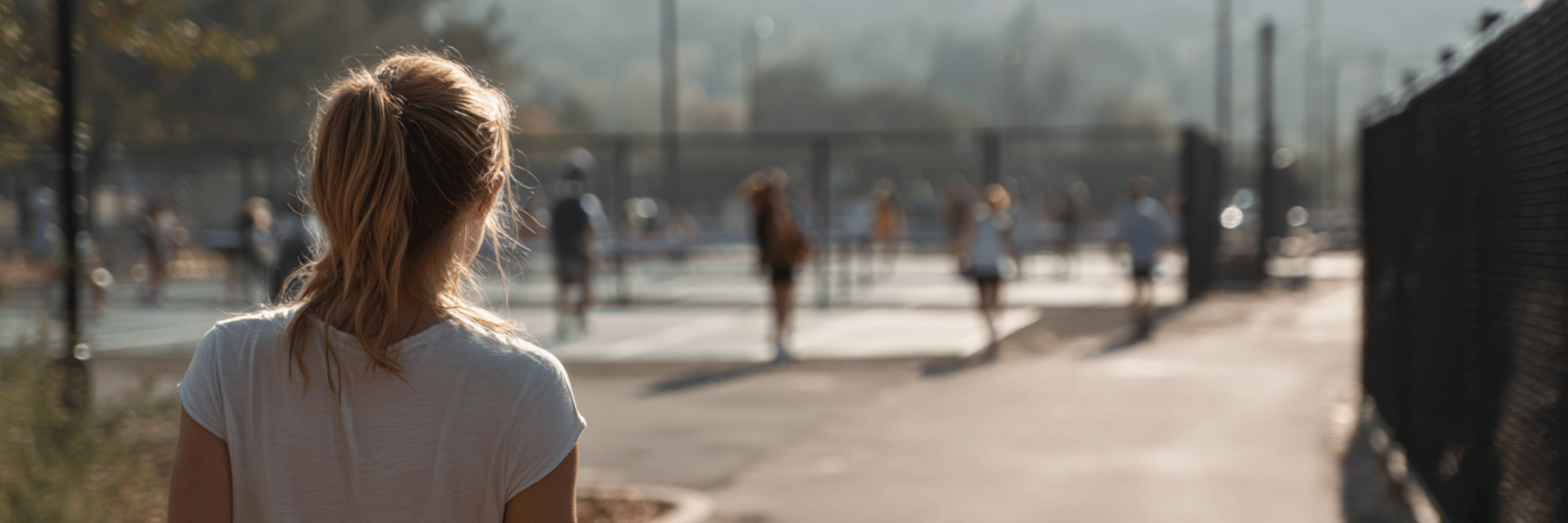
While walking provides steady, low-impact exercise, pickleball offers more varied movement patterns and higher intensity intervals. Most people find pickleball more engaging than walking, leading to longer and more frequent exercise sessions.
Pickleball vs. Tennis
Tennis players transitioning to pickleball often appreciate the reduced court size and lower impact on joints. While tennis may provide a more intense workout, pickleball's accessibility makes it easier to play regularly, potentially leading to greater overall health benefits.
Pickleball vs. Traditional Gym Workouts
Unlike repetitive gym routines, pickleball combines cardio, strength, and flexibility training in an enjoyable social setting. This variety helps prevent workout boredom and promotes long-term exercise adherence.
Maximizing Your Pickleball Workout
To ensure pickleball provides a great workout while minimizing injury risk, follow these guidelines:
Pre-Game Preparation
Warm up with dynamic stretches focusing on shoulders, hips, and legs
Start with light rallies to gradually increase heart rate
Ensure proper hydration before playing
Wear appropriate footwear and performance sport socks for optimal support
During Play
Maintain proper form to prevent injuries
Vary your playing intensity throughout the game
Focus on controlled movements rather than overreaching
Stay hydrated with regular water breaks
Post-Game Recovery
Cool down with gentle stretching
Include rest days in your regular workout schedule
Listen to your body and adjust intensity as needed
Consider complementary strength training on non-playing days
Understanding Pickleball's Limitations
While pickleball offers numerous health benefits, it's important to understand its limitations. The sport primarily provides cardiovascular and muscular endurance benefits but may not build significant muscle mass. For comprehensive fitness, consider supplementing pickleball with:
Targeted strength training exercises
Flexibility work through yoga or dedicated stretching
Core strengthening routines
Balance exercises on rest days
Getting Started with Pickleball
If you're convinced that pickleball is good exercise and want to start playing, here's how to begin:
Find Local Pickleball Courts: Search for public tennis courts that have been converted or dedicated pickleball facilities in your area
Join a Beginner Group: Many communities offer introductory classes for people of all ages
Invest in Basic Equipment: Start with a mid-range paddle and comfortable athletic wear, including quality ankle socks for court sports
Learn Proper Technique: Focus on mastering the underhand serve and basic rules before advancing
Build Gradually: Start with shorter sessions and increase duration as your fitness improves
Safety Considerations and Injury Prevention
To prevent injuries while enjoying this great sport, always consult with your healthcare provider before starting any new exercise program, especially if you have pre-existing conditions. Common pickleball injuries include:
Ankle sprains from quick directional changes
Shoulder strain from overhead shots
Tennis elbow from repetitive paddle movements
Knee injuries from sudden stops and starts
Prevent these injuries by maintaining proper form, wearing appropriate footwear with compression socks for added support, and listening to your body's signals.
The Social Fitness Revolution
Perhaps the most unique aspect of pickleball as good exercise is its inherently social nature. Unlike solitary workouts, pickleball requires interaction with other players, creating a fun and supportive environment that encourages regular participation. This social component significantly enhances the sport's mental health benefits and helps maintain long-term exercise adherence.
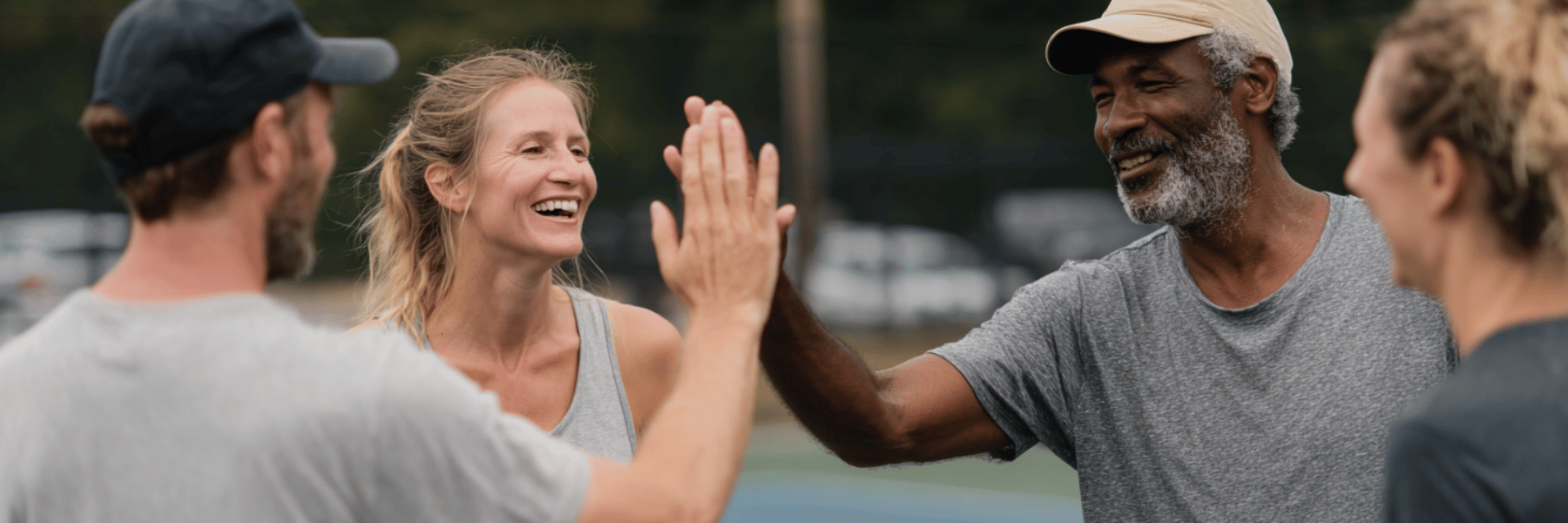
Playing pickleball regularly helps you:
Build lasting friendships with fellow players
Develop a sense of community belonging
Stay motivated through group accountability
Enjoy exercise without feeling like work
Combat isolation and loneliness
Conclusion: Is Pickleball Good Exercise?
The evidence overwhelmingly supports that pickleball is good exercise for people of all ages and fitness levels. This paddle sport delivers comprehensive health benefits, from improving cardiovascular health and aiding weight loss to enhancing mental well-being and building social connections. Its low impact nature makes it accessible to older adults and those with joint concerns, while still providing a great workout that engages the entire body.
Whether you're seeking to improve your physical fitness, boost your mental health, or simply find a fun way to stay active, playing pickleball offers an ideal solution. The sport's rapid growth isn't just about trends – it reflects the genuine health benefits and enjoyment that millions of pickleball players experience on courts worldwide.
Start your pickleball journey today and discover why this engaging sport has become one of the fastest growing forms of exercise in the world. With proper preparation, quality equipment including performance athletic socks, and a commitment to regular play, you'll soon experience the numerous health benefits that make pickleball such good exercise.
